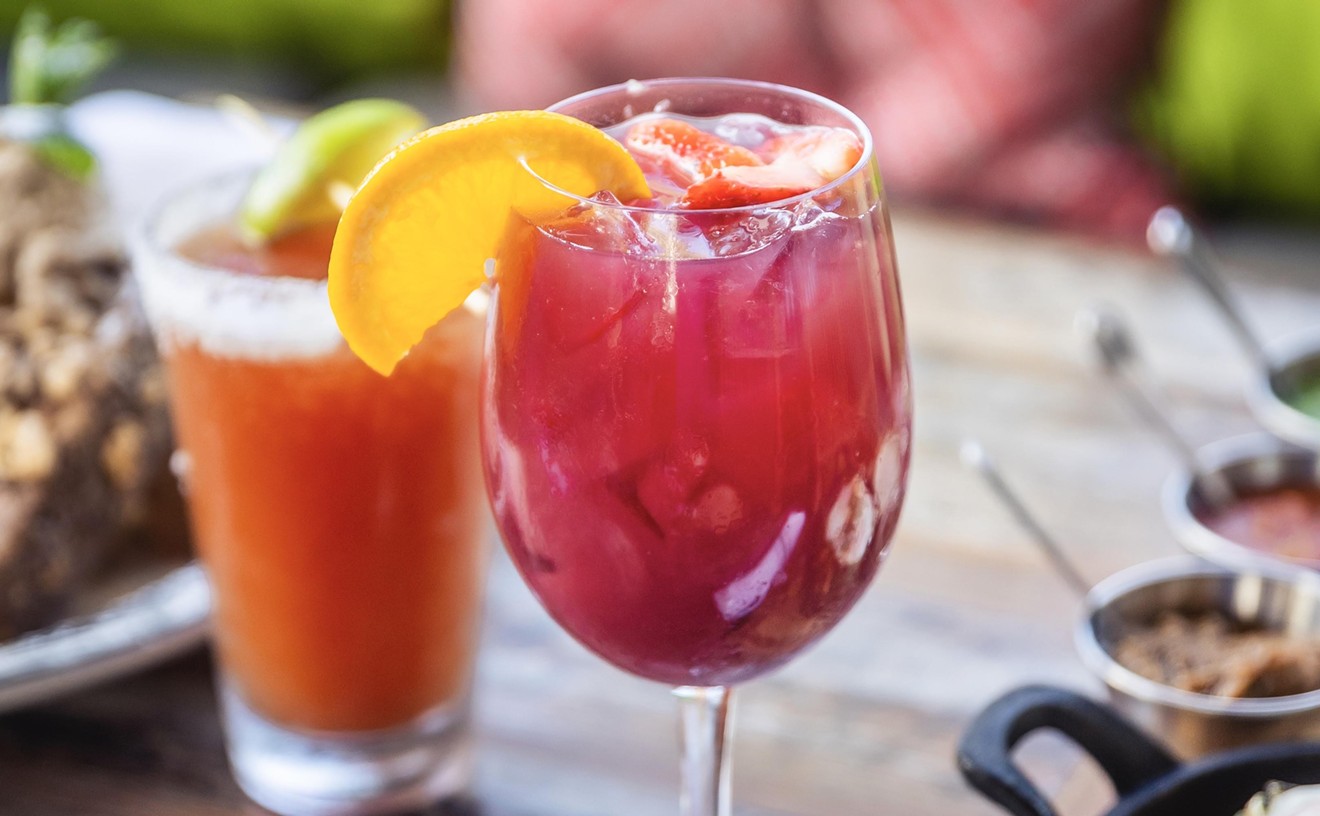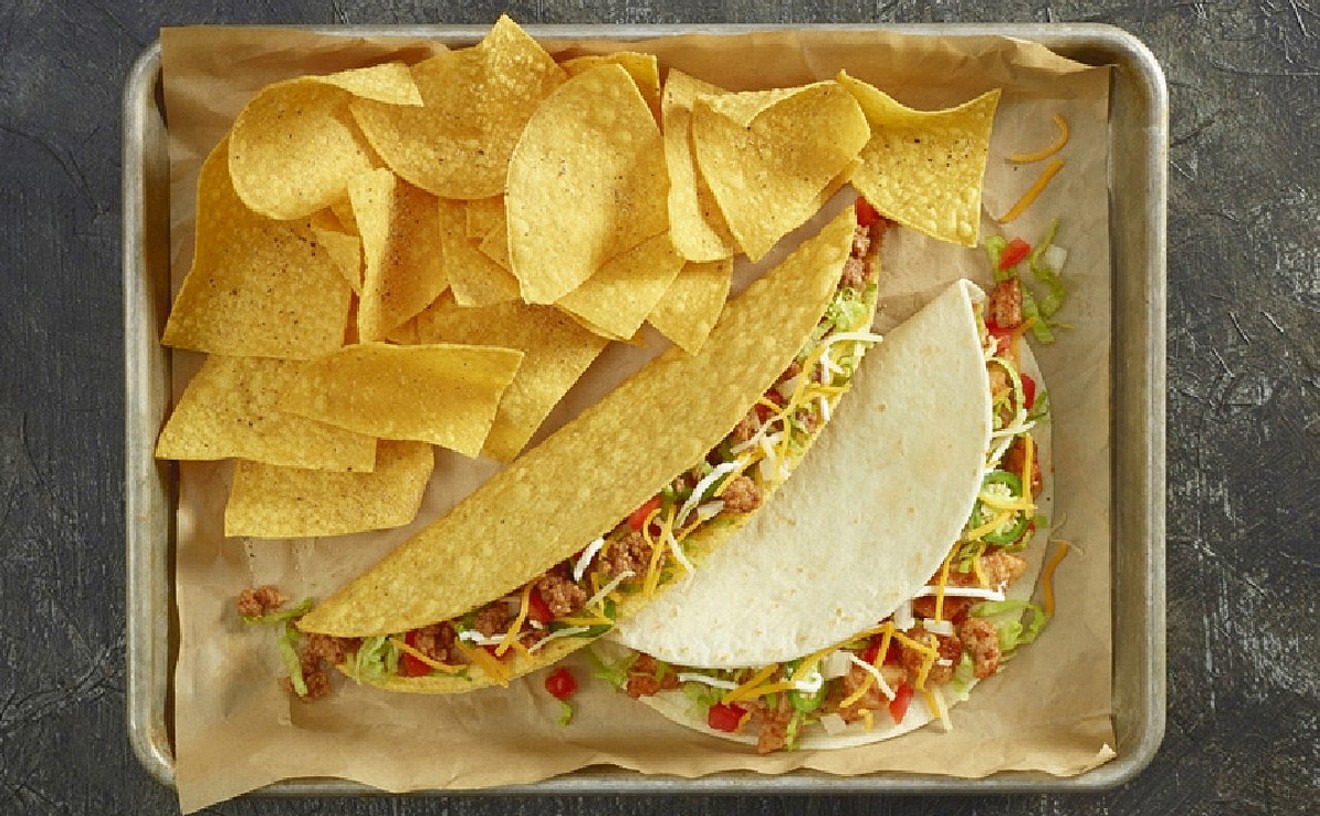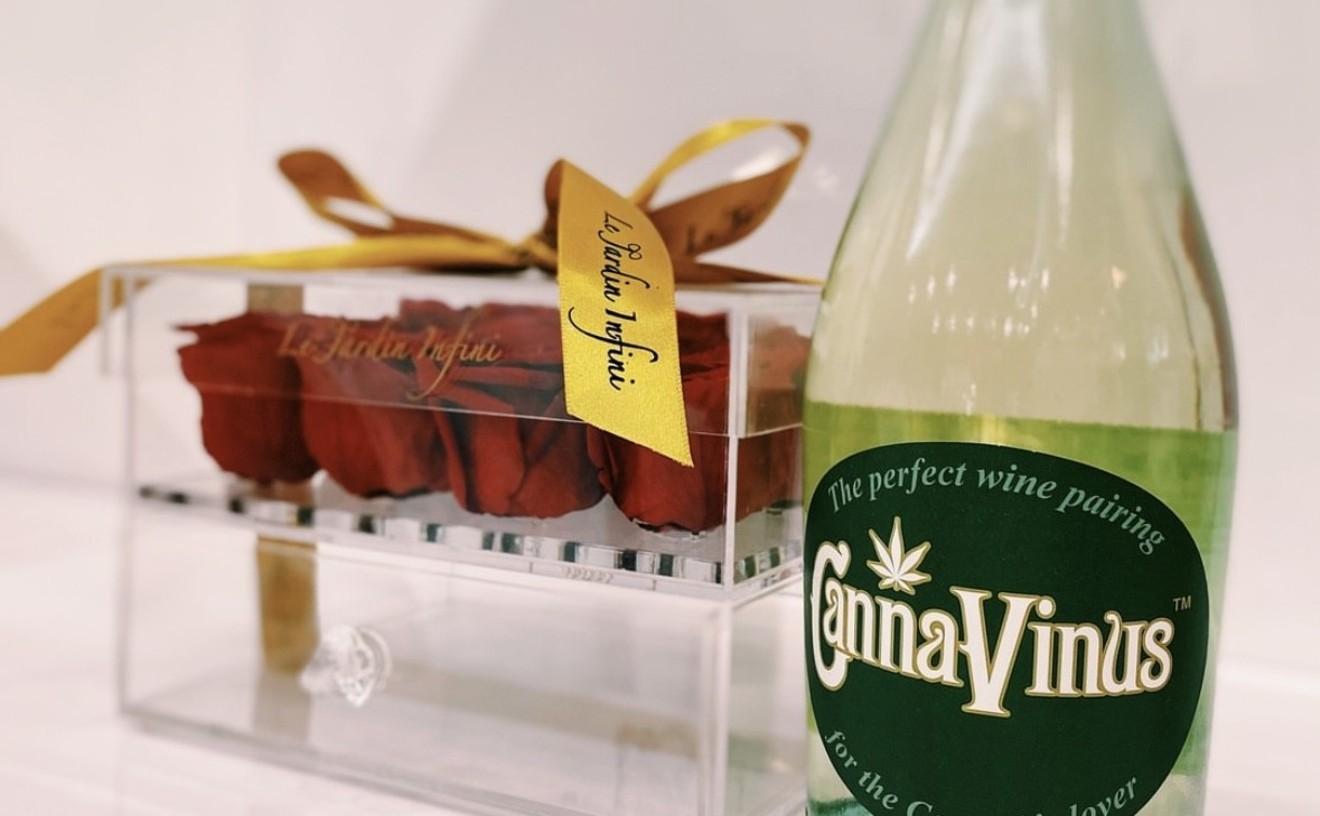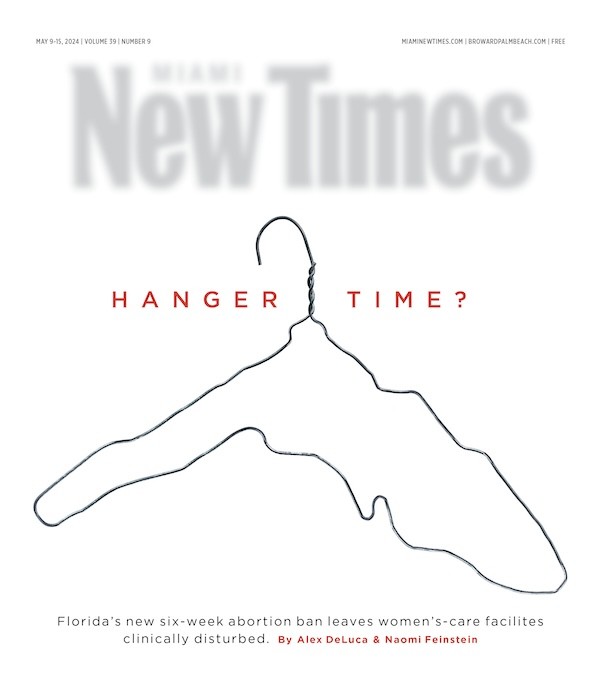Now, I've judged homebrew competitions in the past, most notably at the Riverside Market. I've been brewing myself at home on and off for about five years now (I currently have a cider going), write for this blog and my own, so I consider myself at least somewhat knowledgeable when it comes to beer. That, and I was asked nicely.
On Saturday, July 25, I made my way down to the South Florida Fairgrounds at 10 a.m. to see how things would progress. After securing the all-important staff badge, I made my way into the assembly area, where almost a dozen volunteers were busy at work
This isn't to say the entries were all bad, which is a real risk in these types of competitions. With a couple of hundred dollars in prize money on the line, people will submit anything for the chance to be not as bad as their competitors. At this event, however, the beers were mostly infection-free and conformed to their submitted styles. There were a few that were off the mark, but learning the style categories and submitting properly is a small error that is easily learned from.
After a few beers, I was joined by Dustin Jeffers from Saltwater Brewery. His insane technical knowledge
There were about 16 beers in total submitted, and Dustin and I easily narrowed in on our top contenders, having had a lot of the same feelings on the qualities of the beers sampled. These top beers were very well done in a technical way and had a degree of enjoyment factor. Even after narrowing, we had to pick only two to win it, and it came down to the two most technically flawless beers.
Here's the thing about most homebrew competitions: It doesn't matter how crazy your ingredients (there was a strong horchata ale in the mix that, with some refinement, could be mistaken for a Funky Buddha brew); what matters most is how closely your beer conforms with the supplied style guidelines and that it lacks any perceived off-flavors or flaws. They're all about creating a homebrewed product that comes as close as possible to commercial-level quality. That's what gets all the points.
So, a tip for homebrewers out there looking to enter competitions (especially sanctioned ones) is to try to brew a flawless beer rather than an outrageously creative or unique beer. If that's a pale ale, great. If it's a super subtle English Bitter, even better. A flawless imperial stout? Well, you just go ahead and put yourself together a business plan. Whatever style you're going for, execute that style as perfectly as possible.
On to the top beers from this year's Palm Beach Summer Beer Fest King of the Homebrews...
What was the winning beer? Chris Hatcher's
After a couple of hours, everything was tallied and put in order, and we were finally released out into the wild of the festival floor. Dustin returned to his booth and helped pour their Tides of the Reef Room: Batch 2, a 4.24 percent Belgian Session White IPA with Mosiac Hop. I toured the floor to sample what I could in the remaining time and to seek out some gems that haven't kicked yet.
Just across from the front entrance, Accomplice Brewery and Ciderworks was set up, pouring some of its apple-centered delights. Its Golden Cider was an excitedly semidry affair, in contrast to the many sugary alco-pop-flavored sweet ciders that abound. Michigan's B Nektar Meadery was around as well and flew through its Zombie Killer. We overheard people raving about Barrel of Monks and its beers, Funky Buddha Brewery shared some Blueberry Cobbler, and homebrewers Holy Waters Brewing managed to pull in 30-people-plus lines for its timed releases.
All in all (my favorite summation phrase), it was a jovial, crowded, and altogether air-conditioned affair.
Doug Fairall is a craft beer blogger who focuses on Florida










